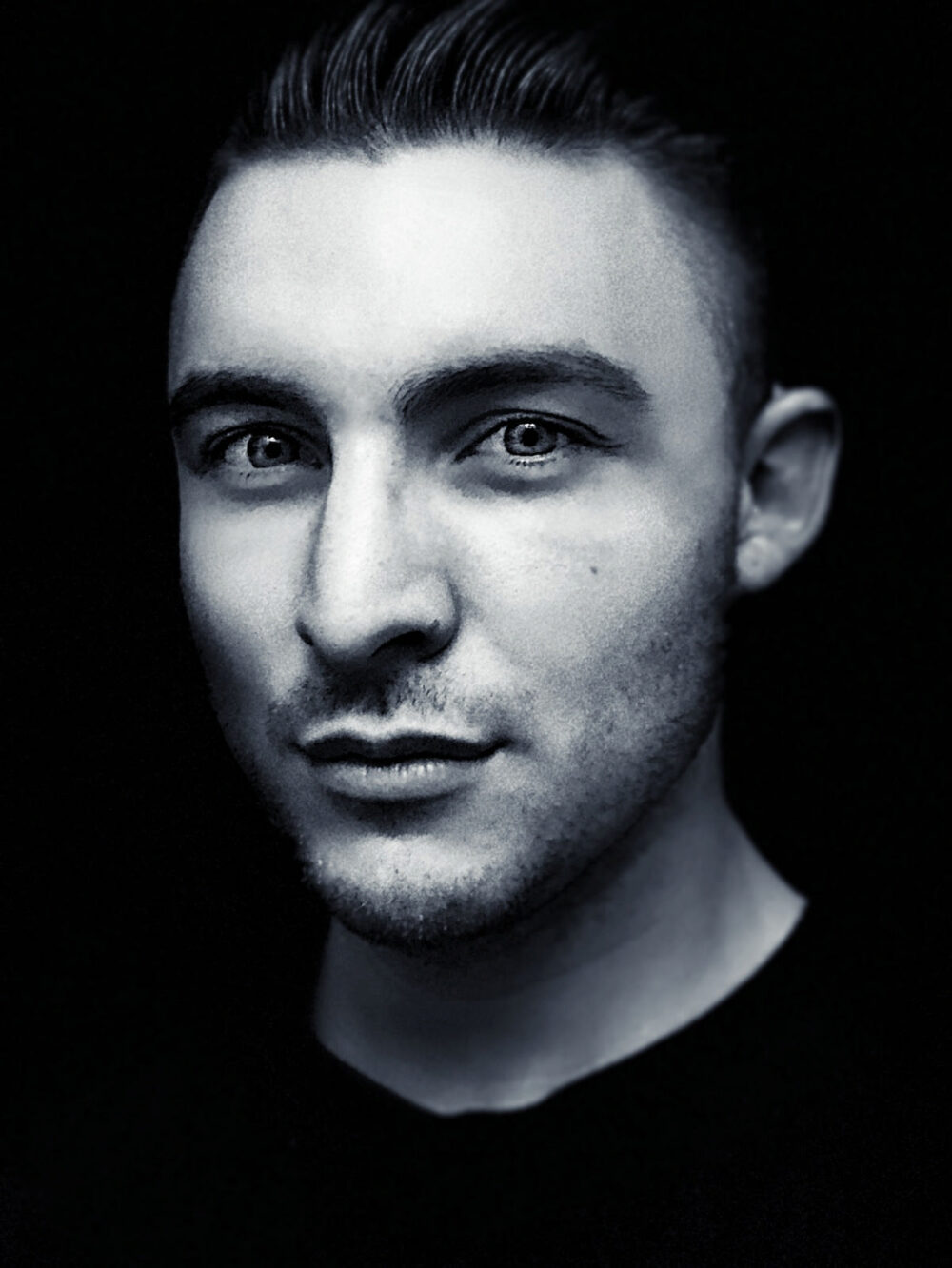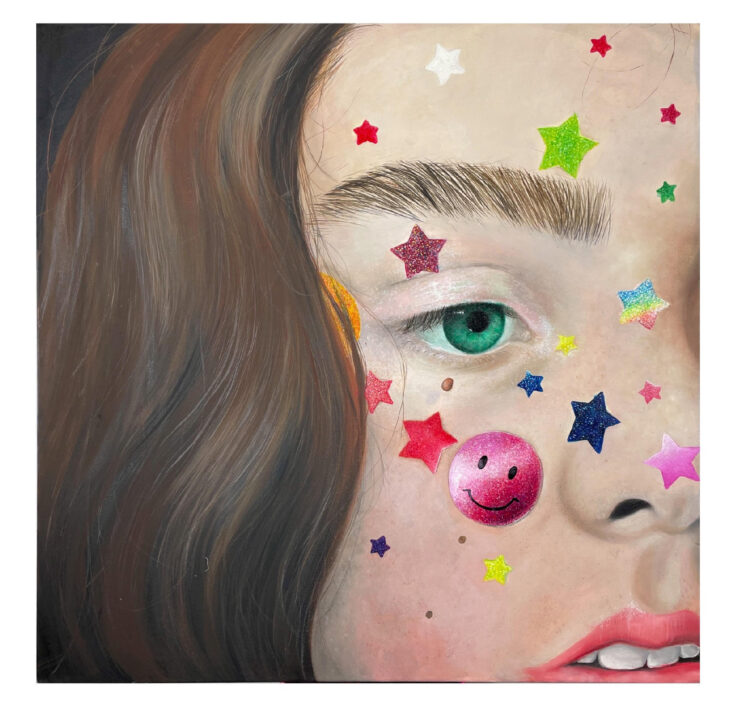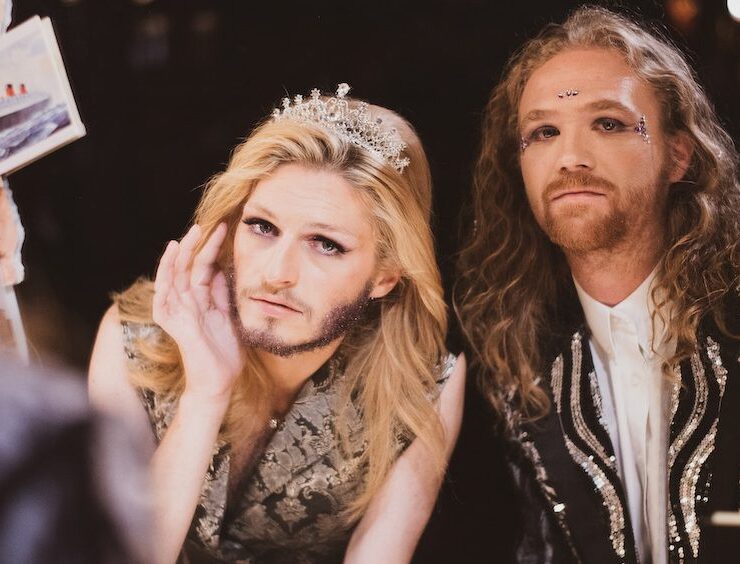Refuge in Style: A conversation with Christopher La Fleur


More and more, queerness and art are colliding in new ways, as queerness collides with culture at large. These paradigms in art and perspectives of artists are changing our artistic landscape, visible here in Colorado. Christopher La Fleur is a queer visual artist living and working in Denver. His first public installation, Inertia, was displayed at the Denver Tech Center. We sat down with La Fleur to talk about art, queerness, and the philosophy of designing his life for art and for the benefit of others.
In your online bio, you mentioned that from a young age, you “made art a refuge.” I’d like to hear more about that.
School was extra, in all the bad ways. I
grew up in a very conservative community, Greeley, Colorado, which is
red-blooded, meat-eating, conservative country. So, I was always the awkward
kid. It took me a very long time to grow into my personality, into my body,
into everything. And I was bullied a lot. So, this extroverted, wild person
that I am now, that didn’t exist.

And when I was in the seventh grade, a truck, just like a big huge country truck, pulled over while I was walking down the street in broad daylight, and these people jumped out of the car, beat me up, left me on the road, and drove away.That was my first experience with, ‘Life sucks; it’s really hard, so design it for yourself.’ And it was kinda like that all through high school, where I found more comfort in being in creative writing classes and being in the art classroom. I was in the art club, and I would hang out there. All the other boys would be out playing sports, and they’d be super popular, prom king, everything. And I would find my tribe in the arts.
For me, it’s almost like you don’t have much control over what you create, because you’re creating already exists; it has a spirit.
How would you say your identity as a queer person has affected your refuge, your art?
Honestly, you have to own every single thing
about yourself. You can’t change it; this is your life; own it; design it; make
it work for you. And when you do that, you are gonna stand out, you’re gonna
attract people to you. For me, queerness doesn’t necessarily manifest
explicitly in my art. Queer subject matter, and subject matter of diversity in
general, isn’t necessarily something that I tackle head-on with imagery you
might expect.

You mentioned you try to have a diverse range of techniques and styles earlier.
My primary focus right now is painting: doing large-scale, two -dimensional installations, vivid colors, and brash expressions. For me, it’s almost like you don’t have much control over what you create, because what you’re ‘creating’ already exists; it has a spirit of its own, and you’re animating it; you’re bringing that ghost in the shell to life.
Tell me about your art-making process; how does inspiration turn into art for you?
For me, it’s not about inspiration,
it’s exploration. I would encourage every artist to not sit around and
wait for that lightning bolt of inspiration. You need to build it into your day
and make one thing with your hands every single day. Continue to work that
muscle, and explore new frontiers. You don’t have to make a single painting
every day. It can be the loosest sketch. And I keep sketchbooks; I keep
journals; I keep everything everywhere. So, that inspiration can come from
anywhere.

As for my process, a lot of times it starts with, like, I’ll be having a conversation with somebody, like we’re talking now. And an idea will stick in my head, and I’ll chew on it for weeks. I tend to sit on things for two weeks, three weeks, really look at it from every angle, and then contextualize it. Where do I imagine this is gonna go? How do I want people to feel when they’re around it? And what am I trying to say? And from there, it kind of devolves again.
You get to that magic place where you’re like, ‘OK, great. I have this awesome idea, and it’s fully formed; I’ve looked at it a million different ways,’ now take it all apart again and get super weird and super funky and experimental with it. A lot of my favorite projects in my whole adventure here were completely accidental. So, then it becomes experimental, and you’re just f*cking around, and you’re trying to see things that work. And along that way, something’s gonna click. It doesn’t immediately click, and almost always, this initial image you had in your head, it almost never works out. From expectation to reality, you’re going to find so much magic along that way, and it’s gonna be 50 times better than you ever thought it was gonna be.
Images courtesy of the Inertia collection by Christpher La Fleur










